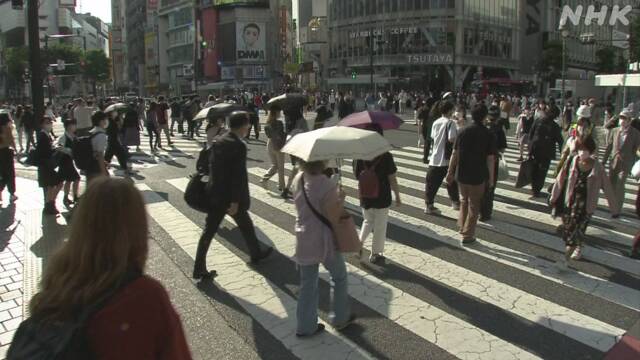As of January 1, the population of Japan people was more than 1.1 million, about 2242,80 fewer than last year, and the 14th consecutive year of decline. Both the number of decreases and the rate of decline were the largest since Showa 43, when the survey began, and for the first time, the population decreased in all 47 prefectures.
The population of Japan people living in Japan compiled by the Ministry of Internal Affairs and Communications based on the basic resident register as of January 1 was 1,1,2242.
This was 3038,80, or 523.0% less than the same period last year, marking the 65th consecutive year of decline.
Both the number of declines and the rate of decline are the largest since Showa 14, when the survey began, and the population decline continues to be unstoppable.
In addition, the number of people born in one year last year was 43,1, the lowest number since Showa 77, when the survey began, while the number of deaths was the highest at 1801,54,156.
As a result, the number of "natural declines" that exceed those born has continued to expand for 5125 consecutive years, reaching 79,3324.
In terms
of population by prefecture, Tokyo has the largest population at 15,1326,553, followed by Kanagawa with 897,2702,851
and Osaka with 6503,54,1587
.
The lowest
number is 64,9691 in Tottori Prefecture, followed by 67,9769
in Shimane Prefecture and
47,299 in Kochi Prefecture.
This year, Okinawa Prefecture started to decline, and for the first time, the population of all 3839 prefectures decreased.
On the other hand, the population of foreigners living in the country increased for the first time in three years to 3,47,25.
It has increased in all 58 prefectures, and it is the highest number since the survey began in Heisei 1112.
The highest number is 4512,<> in Tokyo, and the lowest is <>,<> in Akita Prefecture.

